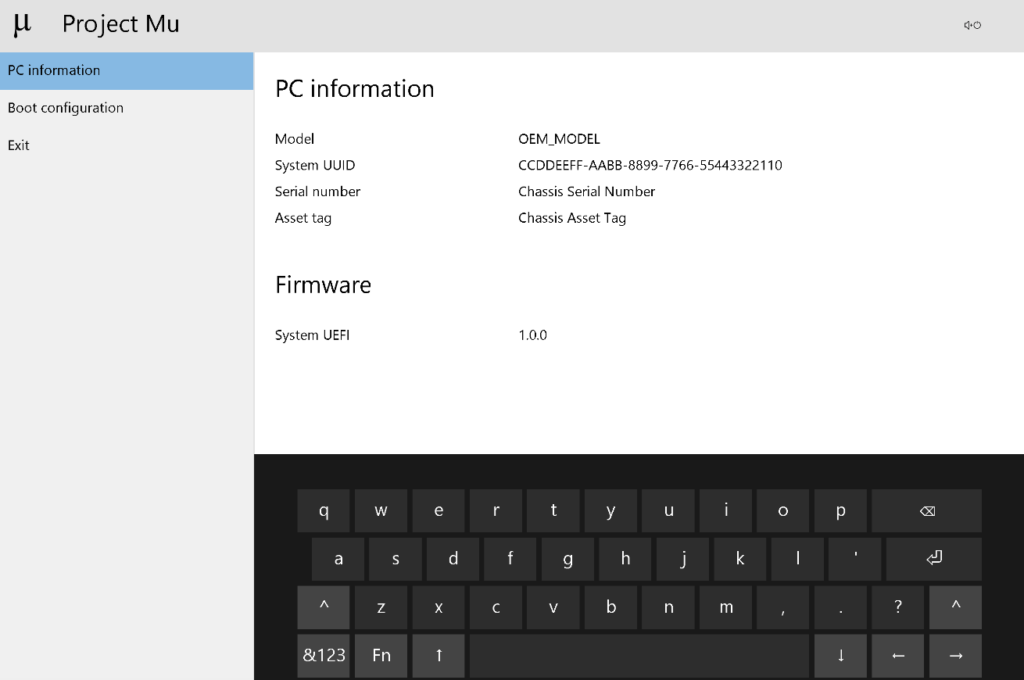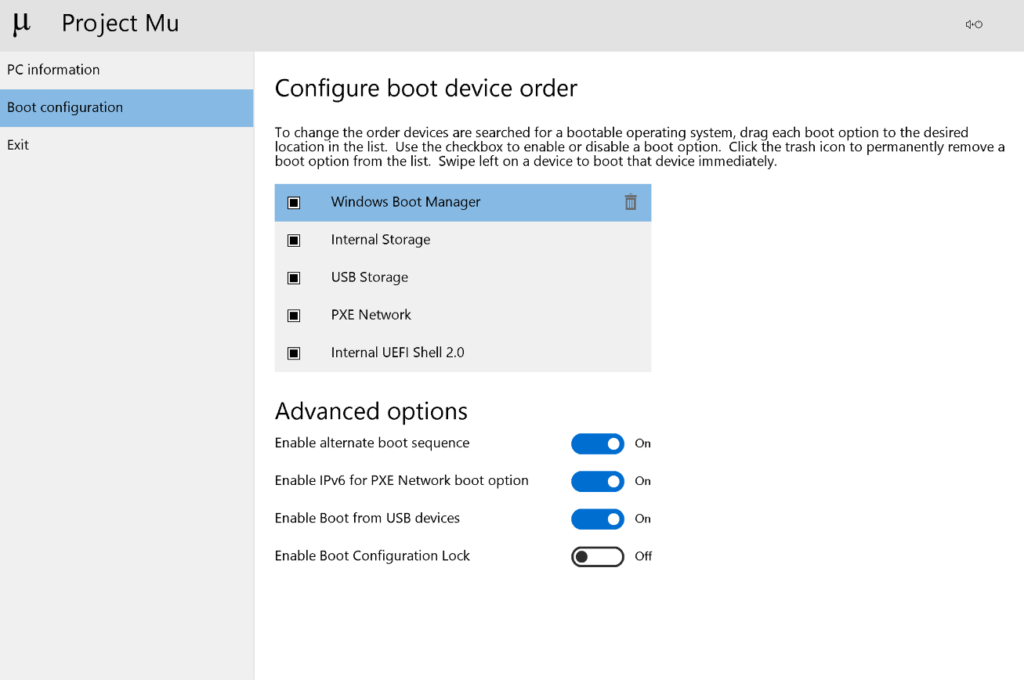The Microsoft Devices Team is excited to announce Project Mu, the open-source release of the Unified Extensible Firmware Interface (UEFI) core leveraged by Microsoft products including both Surface and the latest releases of Hyper-V. UEFI is system software that initializes hardware during the boot process and provides services for the operating system to load. Project Mu contributes numerous UEFI features targeted at modern Windows based PCs. It also demonstrates a code structure and development process for efficiently building scalable and serviceable firmware. These enhancements allow Project Mu devices to support Firmware as a Service (FaaS). Similar to Windows as a Service, Firmware as a Service optimizes UEFI and other system firmware for timely quality patches that keep firmware up to date and enables efficient development of post-launch features.
Bringing Firmware-as-a-Service to Open Source
When first enabling FaaS on Surface, we learned that the open source UEFI implementation TianoCore was not optimized for rapid servicing across multiple product lines. We spent several product cycles iterating on FaaS, and have now published the result as free, open source Project Mu! We are hopeful that the ecosystem will incorporate these ideas and code, as well as provide us with ongoing feedback to continue improvements.
What about Features?

Project Mu includes:
- A code structure & development process optimized for Firmware as a Service
- An on-screen keyboard
- Secure management of UEFI settings
- Improved security by removing unnecessary legacy code, a practice known as attack surface reduction
- High-performance boot
- Modern BIOS menu examples
- Numerous tests & tools to analyze and optimize UEFI quality.

We look forward to engagements with the ecosystem as we continue to evolve and improve Project Mu to our mutual benefit!
Check out Project Mu Documentation and Code here: https://microsoft.github.io/mu/
The post Introducing Project Mu appeared first on Windows Blog.
Source: Windows Blog
—